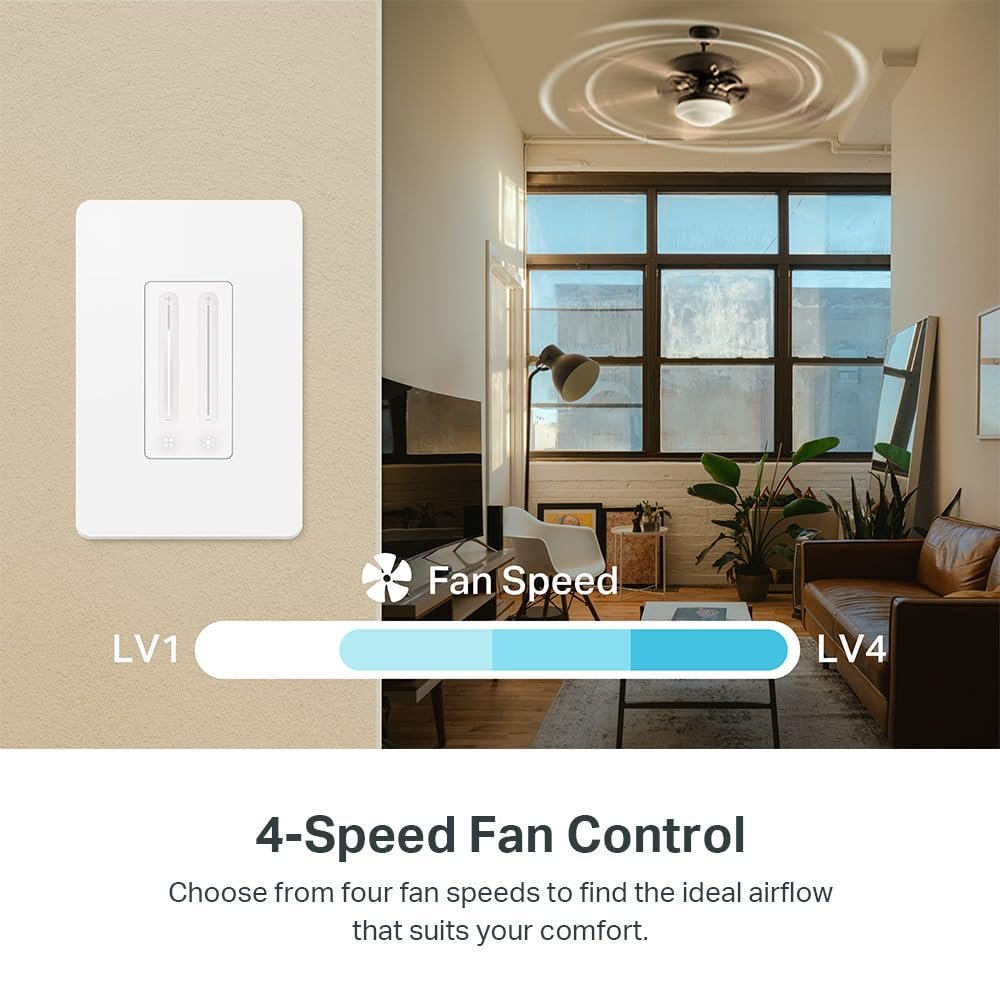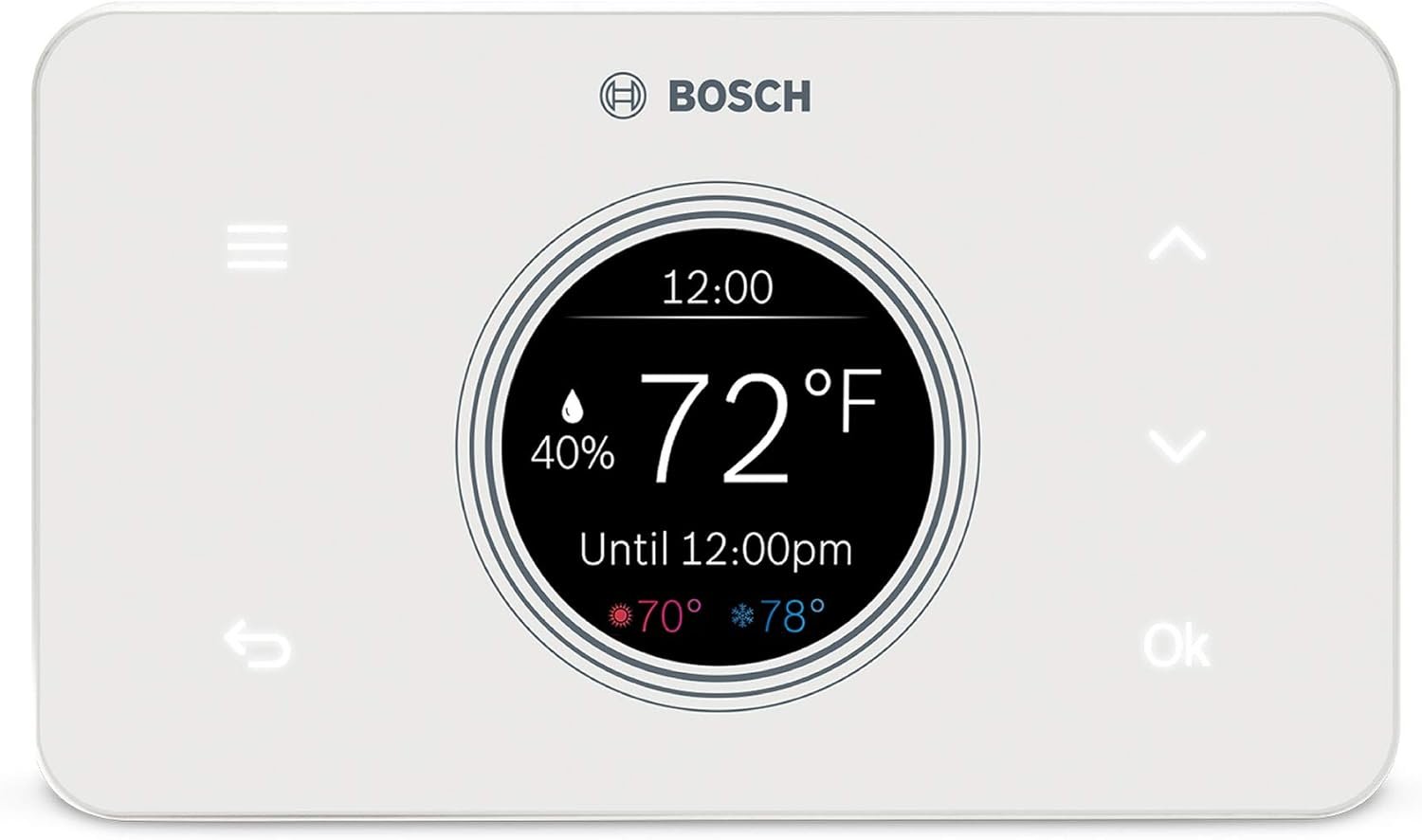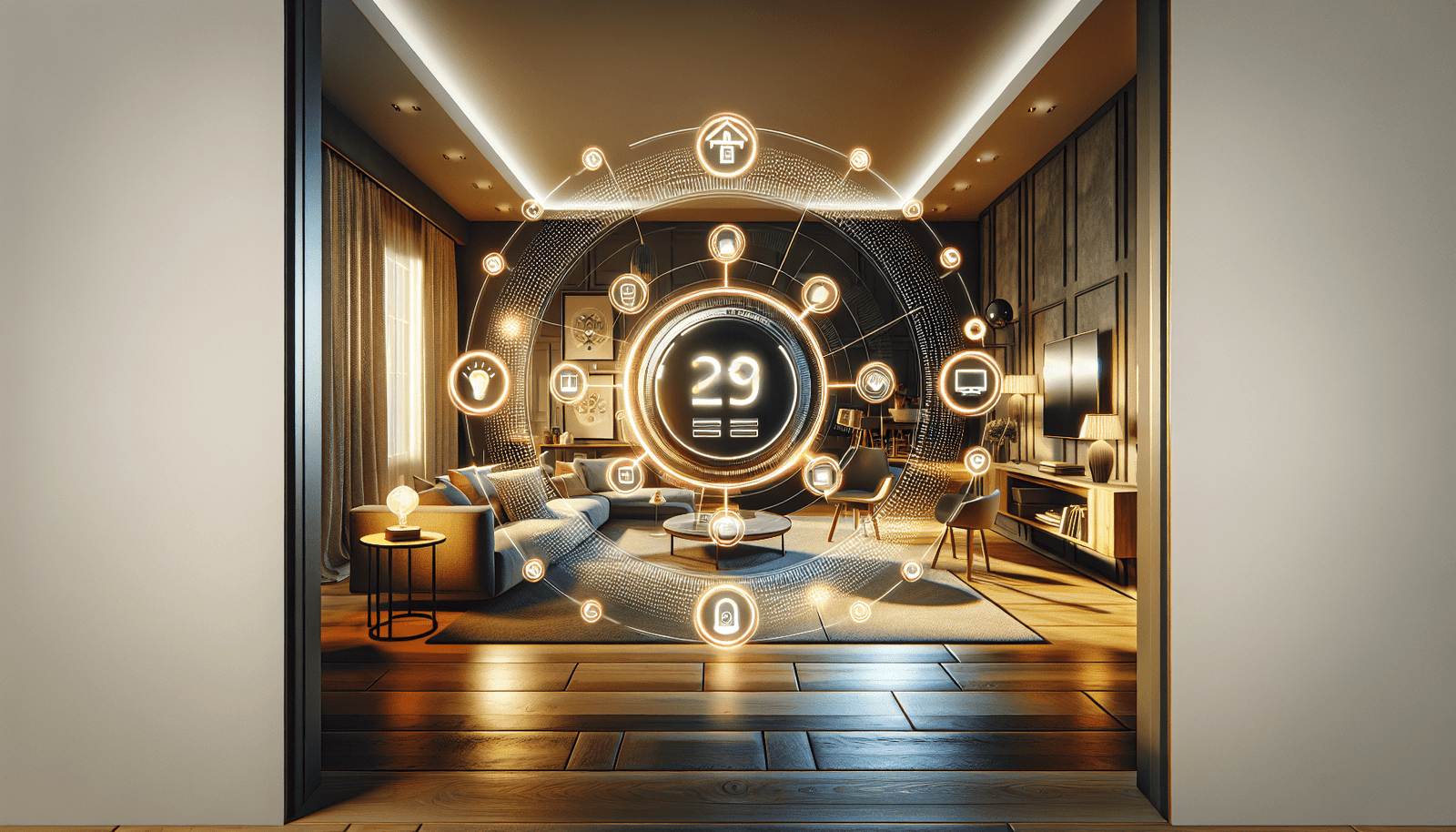Have you ever wondered what distinguishes a smart plug from a normal plug? It’s a question more people are asking as homes increasingly adopt smart technology. Whether you’re a homeowner eager to modernize your living space, a renter looking for simple solutions, or a tech enthusiast vying for the latest in home automation, understanding the ins and outs of this topic can be incredibly rewarding. Not only can it enhance your living environment, but it can also save energy and possibly even cut your electricity bills.
Understanding Smart Plugs and Normal Plugs
What is a Normal Plug?
A normal plug is the basic component found in every home. It connects electrical devices to a power source. It’s simple, reliable, and serves a fundamental purpose by powering up your appliances. However, it lacks additional features beyond turning devices on or off manually by plugging in or unplugging.
What is a Smart Plug?
A smart plug is an upgrade over your traditional plug. At its core, it functions like a normal plug by connecting devices to a power source. However, these plugs are enhanced with technology that allows you to control the plug—and thus the device connected—from anywhere, often via a smartphone app. They connect to your Wi-Fi network, granting you the power of remote control, scheduling, and sometimes even voice activation through compatible devices like Amazon Alexa or Google Assistant.
Key Differences Between Smart Plugs and Normal Plugs
Remote Control Capability
Normal Plug:
- Control is limited to physical interaction. You can only operate devices by manually plugging and unplugging them.
Smart Plug:
- Equipped with remote control capabilities. Using your smartphone, you can turn devices on or off from anywhere. Perfect for when you’re out and about but need to ensure certain devices are either powered down or up.
Scheduling and Automation
Normal Plug:
- Offers no ability to schedule when your devices turn on or off. Everything must be done manually, which can be inconvenient if you’re aiming for timeliness or energy-saving routines.
Smart Plug:
- Allows users to set schedules and timers for appliances. Imagine having your coffee machine automatically start brewing at 6 AM every morning—without even getting out of bed. Automate lights to create a sense of presence when you’re on vacation, adding an extra layer of security to your home.
Voice Control Integration
Normal Plug:
- No integration with voice assistants. You can’t use voice commands to control the plug or its connected device.
Smart Plug:
- Compatible with voice assistants like Amazon Alexa, Google Assistant, or Apple HomeKit. You can simply ask your chosen assistant to turn on the fan or off the lamp, offering a hands-free experience.
Energy Monitoring
Normal Plug:
- Does not track or provide feedback on energy consumption.
Smart Plug:
- Some models offer energy monitoring features, allowing you to track the energy usage of connected devices. This is particularly useful for identifying which appliances consume the most electricity and adjusting usage to save on bills.
Connectivity
Normal Plug:
- No connectivity options outside its function to transmit power.
Smart Plug:
- Connects to your home Wi-Fi network, enabling all the smart features. Reliable connectivity is essential to ensure that remote control and scheduling features work seamlessly.
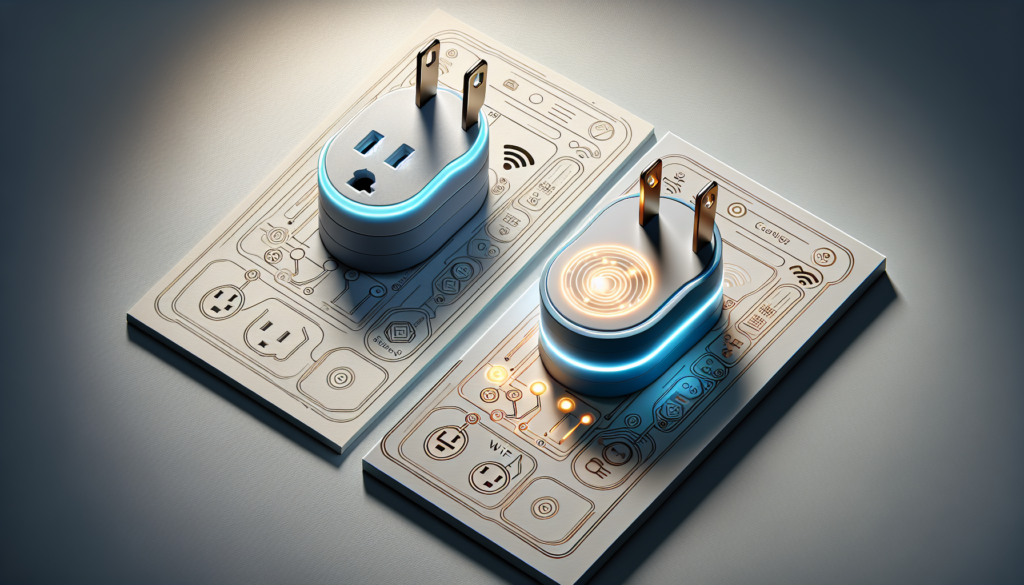
Benefits of Using Smart Plugs
Energy Efficiency and Cost Savings
Smart plugs can contribute significantly to energy efficiency. By scheduling when your devices are on, you reduce the time they’re needlessly consuming power. Furthermore, the ability to monitor energy consumption in real time allows you to make informed decisions and potentially lower your electricity bills.
Enhanced Security
Setting lights to automatically turn on and off when you’re not home can make it seem like you are, deterring would-be intruders. Additionally, the accessibility and control provided by smart plugs can help avoid electrical fires caused by overheating appliances, as you can power them down instantly when needed.
Convenience
The ability to control devices remotely, create automation routines, and give voice commands adds unparalleled convenience to your daily life. It simplifies managing multiple devices, particularly in larger homes or for individuals with mobility issues.
Limitations of Smart Plugs
Dependence on Wi-Fi
The primary limitation of smart plugs is their dependence on a Wi-Fi connection. Without stable internet connectivity, you lose remote control and scheduling capabilities, effectively reverting them to normal plugs.
Compatibility
Not all smart plugs work seamlessly with every smart home system. It’s essential to ensure compatibility with your chosen smart ecosystem (e.g., Amazon Alexa, Google Assistant) before purchasing.
Initial Setup
For tech novices, the initial setup might be daunting. Although companies strive to make the setup as straightforward as possible, it typically involves connecting to Wi-Fi networks and creating automation settings, which might require a small learning curve.
Cost
Smart plugs are generally more expensive than traditional plugs. While they often pay off in savings and convenience over time, the upfront investment can be a consideration for budget-conscious consumers.
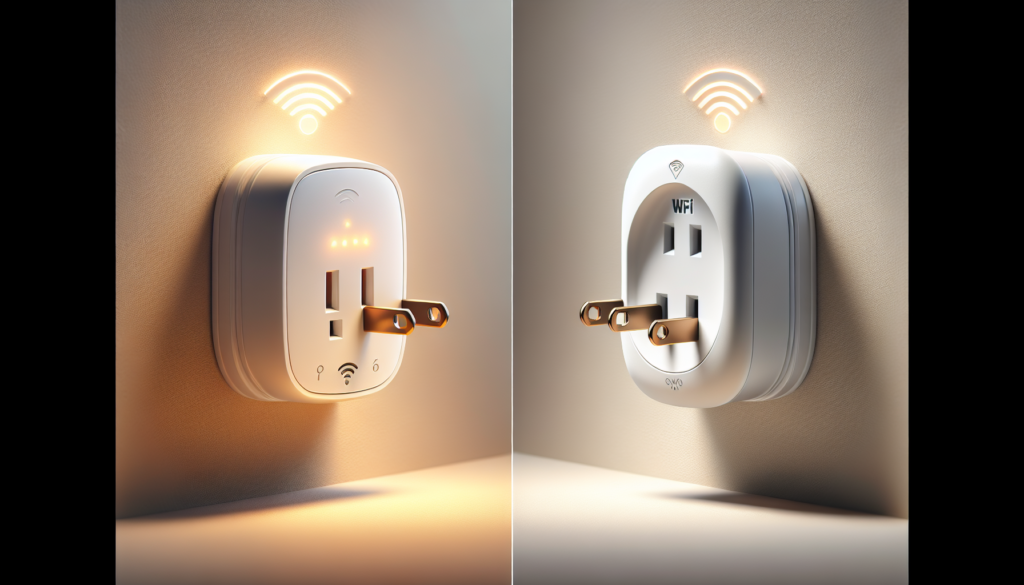
Smart Plug Buying Guide
Identifying Your Needs
Before purchasing, assess which features are most important. Do you need energy monitoring, or is simple on/off scheduling sufficient? Are voice control and remote capabilities a priority? Knowing your needs can help narrow down choices and prevent spending on unnecessary features.
Consider Compatibility
Ensure the smart plug is compatible with your existing or planned smart home ecosystem. Check for compatibility with Wi-Fi standards—5 GHz or 2.4 GHz—as some plugs may only support one.
Evaluate Connectivity and Range
Strong Wi-Fi capability is crucial for maintaining a stable connection. Consider the Wi-Fi range in your home and choose devices accordingly. If you have a larger home, ensure your router can support the range needed, or consider a Wi-Fi range extender.
Security Concerns
When choosing a smart plug, consider any security features it offers. Look for options like two-factor authentication and regular firmware updates, as these can help secure the device against potential hacking attempts.
Troubleshooting Common Issues
Connection Problems
If your smart plug isn’t connecting to the Wi-Fi or the app, first ensure that the Wi-Fi network is functioning correctly. Try resetting the plug following manufacturer instructions, as this often resolves connectivity issues. Ensure that your network credentials are correctly entered in the app.
Device Not Responding
If a device plugged into the smart plug isn’t responding as expected, confirm that both the plug and the gadget are operating correctly. Check settings in the app for any enabled schedules or automation that might affect performance.
Inconsistent Scheduling
For inconsistencies in scheduling, verify that the correct time zone is set in the app. Modify any conflicting schedules that may override each other.
Comparing Smart Plugs, Traditional Plugs, and Smart Switches
Smart Plugs vs. Smart Switches
Smart Plugs:
- Portable and easy to install—just plug into any socket.
- Ideal for controlling single devices or lamps.
Smart Switches:
- Require installation (often replacing existing wall switches).
- Ideal for controlling wired lights or groups of appliances from a central location.
Smart Plugs vs. Traditional Plugs
A traditional plug simply lacks the range of capabilities offered by a smart plug. While both provide essential functions—connecting your devices to power—smart plugs introduce a world of automation, control, and efficiency.
Future of Smart Plug Technology
The future holds exciting prospects for smart plug technology with ongoing advancements. We can anticipate enhanced energy-saving features, improved security measures, and more seamless integration with other smart home devices. The trend leans towards increasing compatibility and functionality with emerging technologies, including AI and IoT ecosystems.
As our world becomes more interconnected, smart plugs stand to play a significant role in transforming our homes into smarter, more efficient spaces.
In sum, understanding the differences between smart and normal plugs allows you to make informed decisions tailored to your lifestyle and needs. Whether it’s embracing energy efficiency, fortifying home security, or simply adding convenience, smart plugs offer multiple paths to a modernized, automated home.
Disclosure: As an Amazon Associate, I earn from qualifying purchases.


